Troubleshooting a Voltage Discrepancy
Breadboard power supplies cost less than a dollar on AliExpress. They are quite convenient for quickly powering and prototyping microprocessor circuits, Arduino projects with sketches, USB-powered prototypes, and on. The imagination is the limit.

I spent the morning trying to figure out why my MB102 breadboard power supply was outputting only 3.5V, not the 5.0V selected.
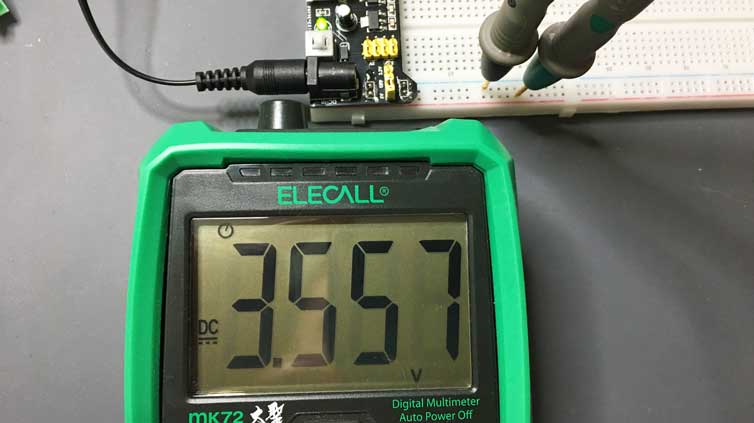
I checked the voltage selector and confirmed it is set for CMOS 5V, not TTL 3V. Next I checked the AC adapter to confirm the output voltage is 5V.

My first thought is that this adapter is only for 220V countries (since it doesn’t read 100V~220V), so in my 120V county the output voltage might be scaled proportionally.
Under this theory, the output voltage would be around 2.7V. That won’t account for the 3.5V reading on the breadboard power supply. Perhaps the AC adapter is underpowered, but still able to step down the voltage to the observed value. I checked the AC adapter output to be sure.
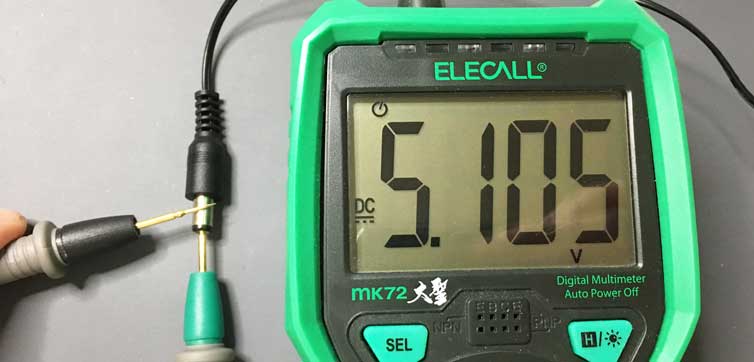
Not only does the AC adapter work in a 120V socket, it supplies slightly more than 5V.
The AC adapter is underpowered at only 600mA. I have another 5V AC adapter with a wide voltage range and a 1000mA output, so I powered the breadboard supply with that and observed the results.

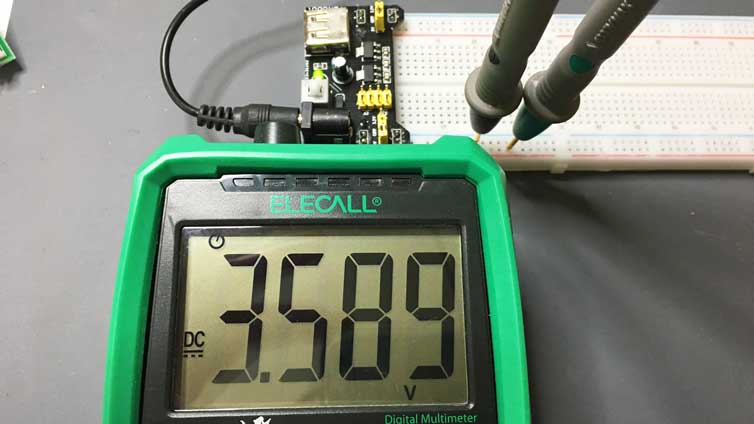
Both AC adapters cause the breadboard power supply to output around 3.6V. Could the breadboard supply be damaged? I accidentally left the multimeter on current mode instead of voltage mode once and created a short. Could an SMD resistor have blown?
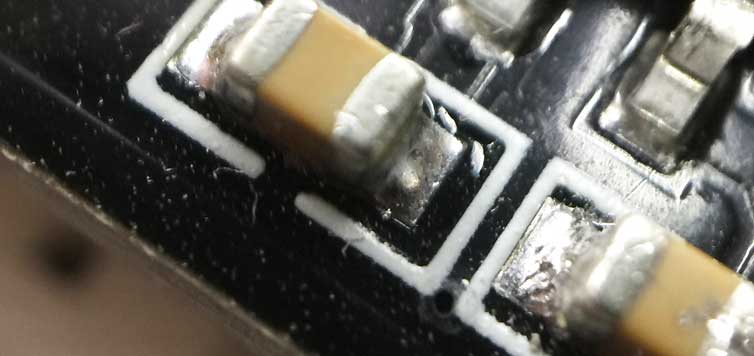
Nothing visually stood out. There were no burn marks or smells, nor PCB discoloration. This is confusing. Just to be sure which SMD parts are resistors, capacitors or diodes, I searched for a schematic1 of the MB102 power supply.
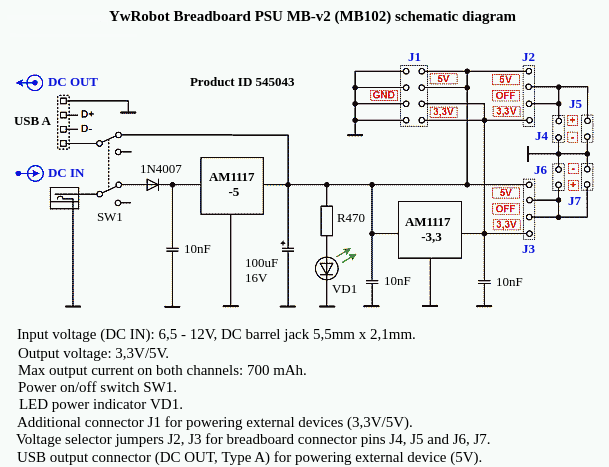
Did you spot the problem too?
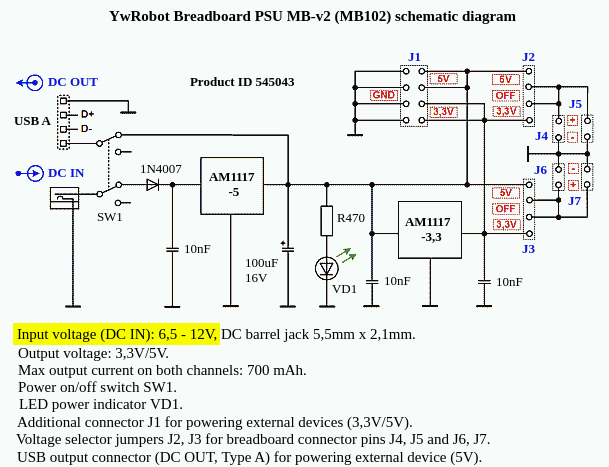
That’s right. I was under the assumption the linear voltage regulators regulated an input voltage of 5V from both the barrel jack and the 5V USB, and drops the voltage to 3.3V for TTL. This is logical. It turns out the linear voltage regulators require an input voltage over 6.5V and even 12V. Hmmm… I remember having a third AC adapter. I’ll investigate that next.
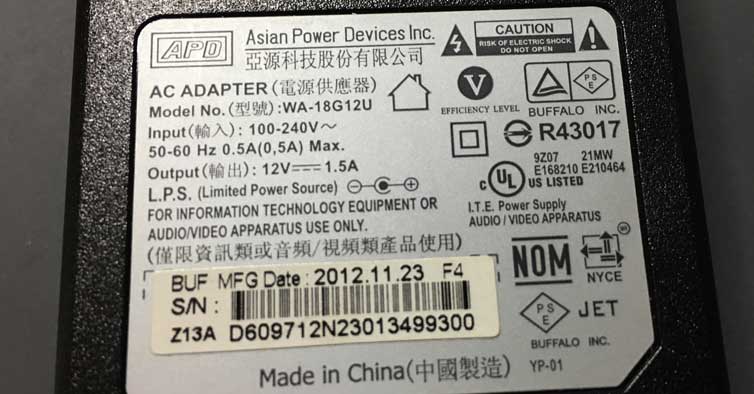

Problem solved. To make sure this doesn’t happen again…

Notes:
- Source: https://us.banggood.com/Geekcreit-MB-102-MB102-Solderless-Breadboard-+-Power-Supply-+-Jumper-Cable-Kits-For-Arduino-images-p933600-q60353.html ↩